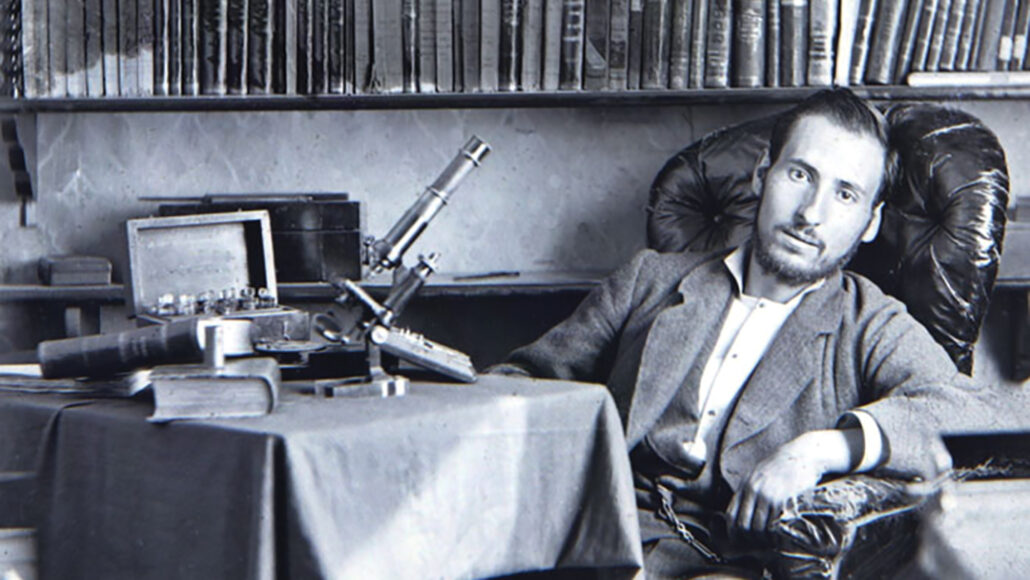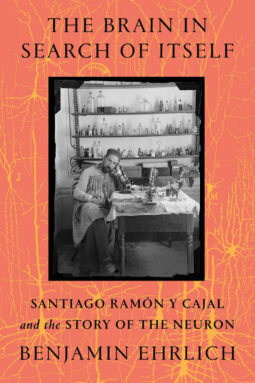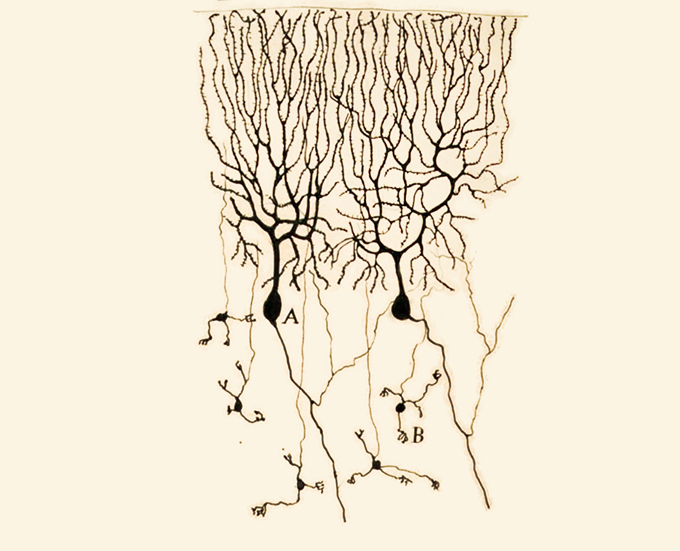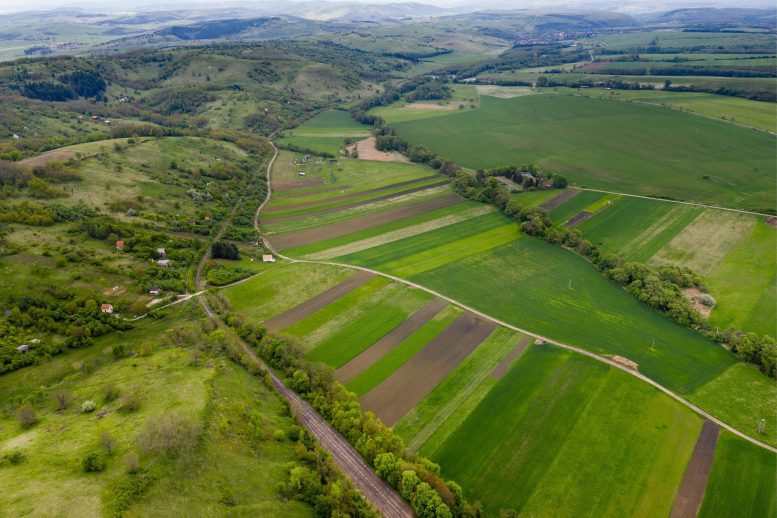International Year of Glass gets cracking in Geneva – Physics World

The International Year of Glass(IYOG2022) kicked off with a two-day opening ceremony at the Palace of Nations in Geneva, Switzerland. IYOG2022 will celebrate this versatile material that underpins many technologies that have transformed the modern world. Events throughout the year will also highlight why glass is critical in achieving the United Nations’ 2030 Agenda for Sustainable Development.
“Welcome to transparency, welcome to sustainability, welcome to the age of glass,” said IYOG2022 chair Alicia Durán, in her opening remarks. Durán, a physicist at the Spanish Research Council (CSIC) in Madrid, played a key role in building support for the project while serving as president of the International Commission on Glass(ICG) between 2018 and 2021.
During the past three years, Spain’s permanent mission at the UN headquarters in New York led the process for obtaining an official resolution, with expressed support from 18 other nations. The global glass industry and cultural institutions also backed IYOG22, which now has 2100 endorsements from 90 countries across five continents.
One of the aims for IYOG2022 is to highlight the role of glass in advancing civilization. Ambassadors from Turkey and Egypt spoke at the opening ceremony as both nations have rich histories in the origins of modern glassmaking. “Let us cherish the significance of this brilliant and versatile material in humanity’s past, present and future,” said Sadik Arslan, head of Turkey’s permanent mission at the UN in Geneva.
This year is the 100th anniversary of the discovery of Tutankhamun’s tomb in Egypt’s the Valley of the Kings. To mark the occasion, Egypt will inaugurate its new Grand Egyptian Museum just outside Cairo, which showcases ornamental glass from Ancient Egypt. To coincide, Egypt will host an IYOG2022 event “From Pharaohs to High Tech Glass” on 18–20 April.
All of this year’s major glass fairs will have a focus on IYOG2022. China, the world’s biggest producer and consumer of glass, will host China Glass 2022in Shanghai alongside a number of satellite events on 11–15 April. This year is also the centenary of the German Glass Technology Society(DGG), which will be celebrated on 2–8 July in Berlin at the ICG’s international congress.
Elsewhere, the US will host a National Day of Glass Eventon 3–5 April in Washington, DC while Mexico will host GLASSMANin Monterrey on 11–12 May and Russia has MIR STEKLAin Moscow on 6–9 June. IYOG2022’s closing ceremony will take place in Japan on 8–9 December.
Events will highlight how glass-based technologies can contribute to the UN’s 17 sustainable development goals. In renewable energy, glass is used for concentrated solar power, photovoltaics and the fibreglass of wind turbines. Glasswool is used for insulating houses, while new window technologies can make buildings efficient and light. Glass is non-toxic and infinitely recyclable, so it is also a key material for circular economies.
Optical fibres are the digital highways for the Internet and touch-sensitive glass screens have revolutionized how we communicate. In healthcare, non-reactive glass containers that can withstand ultracold temperatures have been essential for transporting COVID-19 vaccines. Bioglass has been used for half a century to assist bone healing, and recent advances have seen glass nanostrutures used for drug delivery and wound healing.
IYOG2022 organizers hope to inspire students through cultural events and initiatives, while addressing gender balance in science and the needs of developing countries. The Museum of Glass Art in Alcorcón, Madrid, is hosting an event in June called Women in Glass, Art and Science, which will highlight contributions of women from Ibero-America.
To close the opening ceremony in Geneva on Friday afternoon, the Japanese artist Kimiake Higuchispoke about her creations using pâte de verre. In this technique finely crushed glass is mixed with binding material and colouring agents to create a paste that is moulded and fired.
Source URL: http://physicsworld.com/a/international-year-of-glass-gets-cracking-in-geneva/
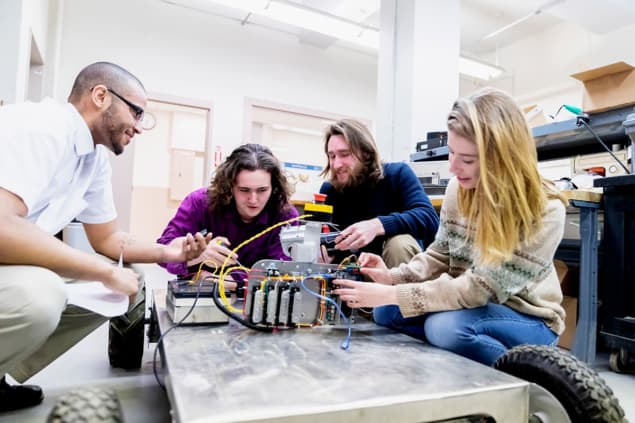

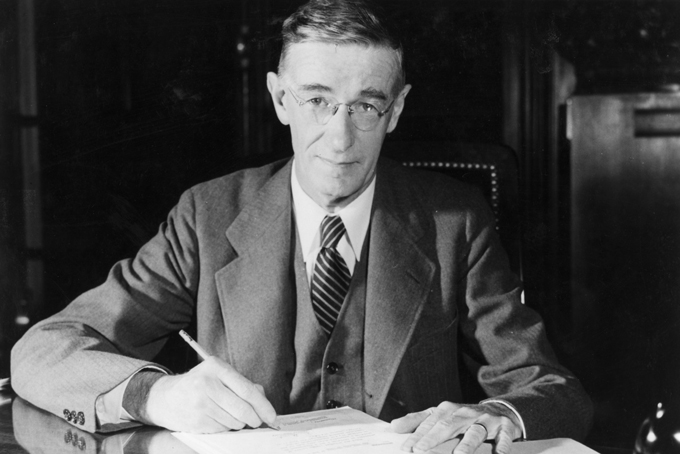
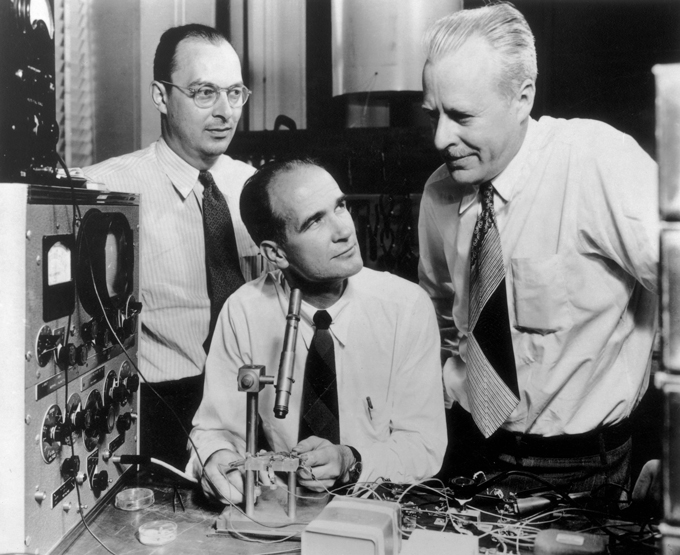


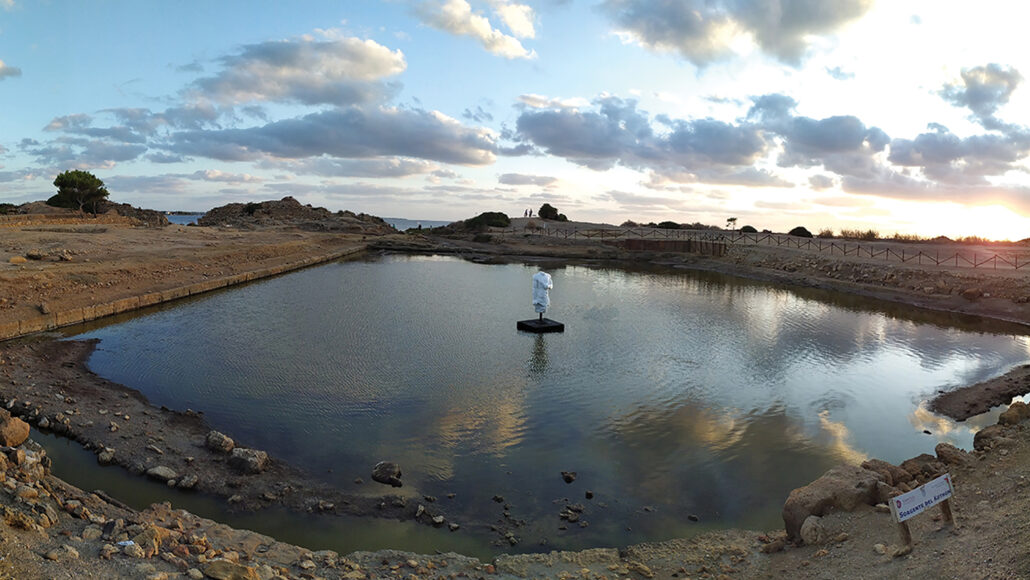
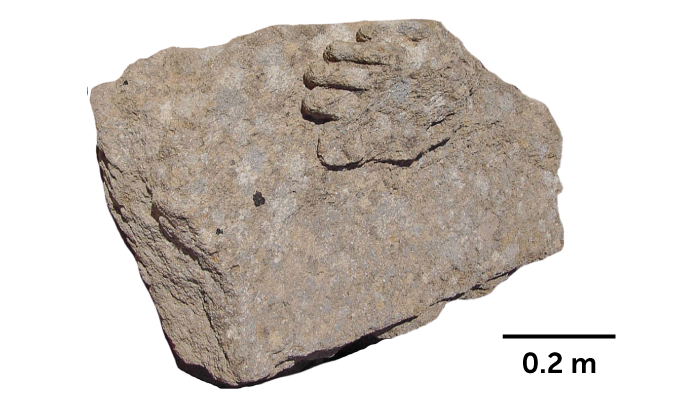 A block with a carved foot found on the edge of Motya’s sacred pool probably was part of a statue of a Phoenician god that originally stood on a pedestal at the pool’s center, researchers say.L. NIGRO/ANTIQUITY 2022
A block with a carved foot found on the edge of Motya’s sacred pool probably was part of a statue of a Phoenician god that originally stood on a pedestal at the pool’s center, researchers say.L. NIGRO/ANTIQUITY 2022